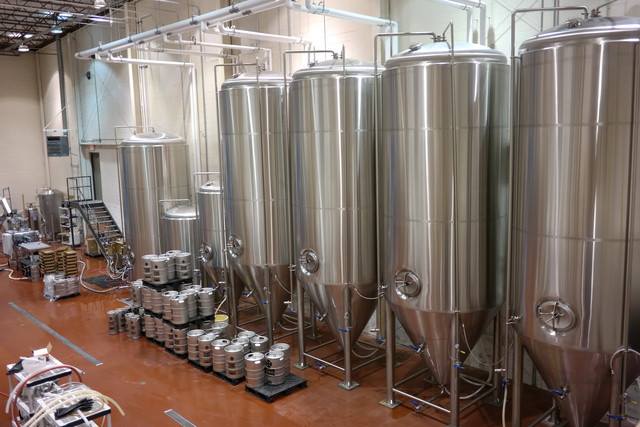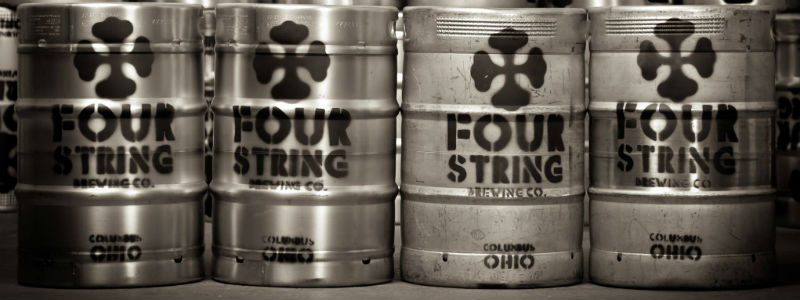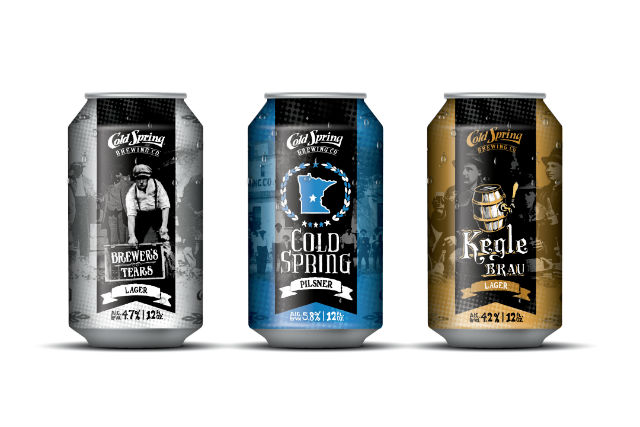
A few months ago, I chatted with Larry Horwitz, who is the Four String Brewing Brewmaster along with also being the chair of the Brewers Association safety subcommittee. He is a wealth of information and I gave him a very open-ended question: What has been some major return on investments for the Columbus, Ohio brewery?
He broke it down immediately: Retail, Lab and Equipment.
RETAIL
When the Ohio state laws changed a few years ago to allow small breweries to sell beer directly to customers it was a game changer, Horwitz mentioned.
“It was definitely a game changer for us,” he said. “Being able to sell some retail beer helped us generate enough cash flow, quite frankly to build our big new production facility. Not just the benefit of being able to touch our customers directly and talk to them — that wasn’t the only benefit we got out of it — the other benefit is cash.
“It’s a tiny bit of retail compared to the rest of the big markets. But for us, every dollar we’ve put into the taproom has come back to us. Not just in cash, but also in the ability to communicate with our customers.”
The biggest challenge he feels that Four String has in the general beer market is that consumers may not know who they are.
“So for us, those retail outlets really put a face on the brewery,” Horwitz said.
LAB
The bigger you get, the more expensive it gets, Horwitz joked.
“We were just joking about this as we were doing our budgeting: When you grow, and all other things being equal … you should get some economies of scale kicking in. But one place where we don’t really see that economy of scale is in our quality program because the more beer we make the more beer we have to test and monitor.
“But for us, there’s good value there because it helped us.”
He noted that first and foremost, lab work gets ahead of problems so that they don’t have to bring beer back out of the market.
“It helps us sleep well at night knowing that we’re putting out the best quality product that we can,” he said.
And in terms of QCQA, both knowledgeable people and proper equipment to run testing and paneling is vital, with neither more important than the other.
“We’re spending … a substantial percentage of our cost [on QCQA] and I get asked every once in a while by the brewery owners … They are like, ‘Man, you spent a lot of money on that. And I’m like well I can tell you we make food-safe, high-quality product that I can verify.’ and I can tell you how long my shelf life is because we test it.”
EQUIPMENT
Horwitz acknowledged “all the fun equipment” breweries can buy now.
“It can save labor costs and [things like] the spent grain pump [we bought] and those kinds of things that allow us to be more efficient at what we do.
“While the equipment is super cool and pretty darn expensive, so are the people and the people can’t do their job well without the right equipment and equipment doesn’t run itself.”




1 Trackback / Pingback